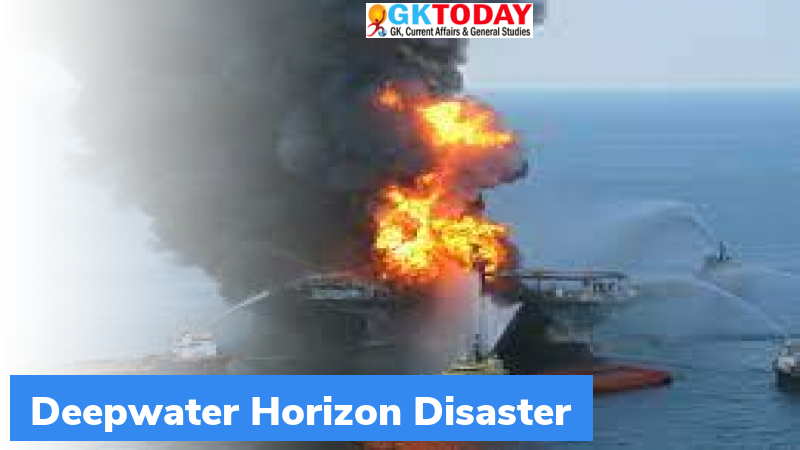What is Deepwater Horizon Disaster?
It has been eleven years since the Deepwater Horizon Oil rig in the Gulf of Mexico exploded. The explosion that occurred in the rig on April 20, 2010, killed eleven people.
What is Deepwater Horizon Disaster?
After two days of the explosion, oil continued to spill from the pipe for eighty-seven days. This released 377,514 tonnes of oil into the Gulf. This is considered as the largest marine oil spill in history. According to NASA, the oil spill affected 70,000 square miles of ocean. By 2011, several coastal states such as Mississippi, Louisiana, Alabama and Florida were contaminated by oil. This is referred to as Deepwater Horizon Disaster.
What caused the disaster?
A surge of natural gas blasted through the concrete core. The core was recently installed to seal the well for later use. The core blasted as it was too weak to withstand the pressure of the gas. The concrete core was weak as the mixture used nitrogen gas to accelerate the curing.
Curing of Concrete
It is a method by which concrete is protected against loss of moisture. It is important to keep the concrete hydrated. This is because curing increases strength of the concrete. Also, it decreases the permeability of hardened concrete.
For most of the concrete structures, the curing period is seven days.
Recent Oil Spills
- In 2020, Russia declared a state of emergency after 20,000 tonnes of diesel oil escaped into the Ambarnaya river from a nearby power plant.
- In August 2020, a Japanese bulk carrier ship MV Wakaship split into two parts near a marine park in Mauritius. The carrier was carrying fuel oil.
Month: Current Affairs - April, 2021


